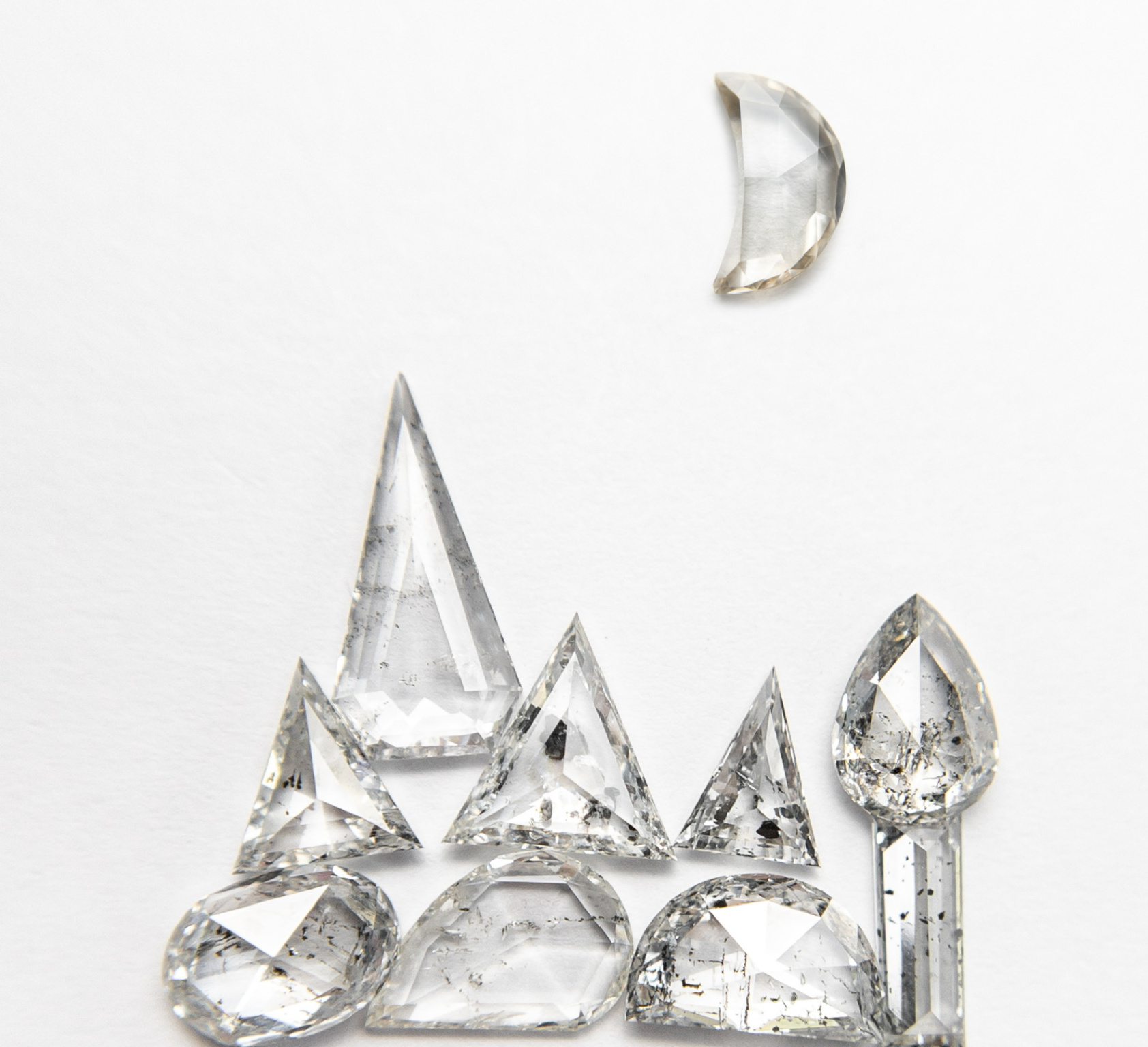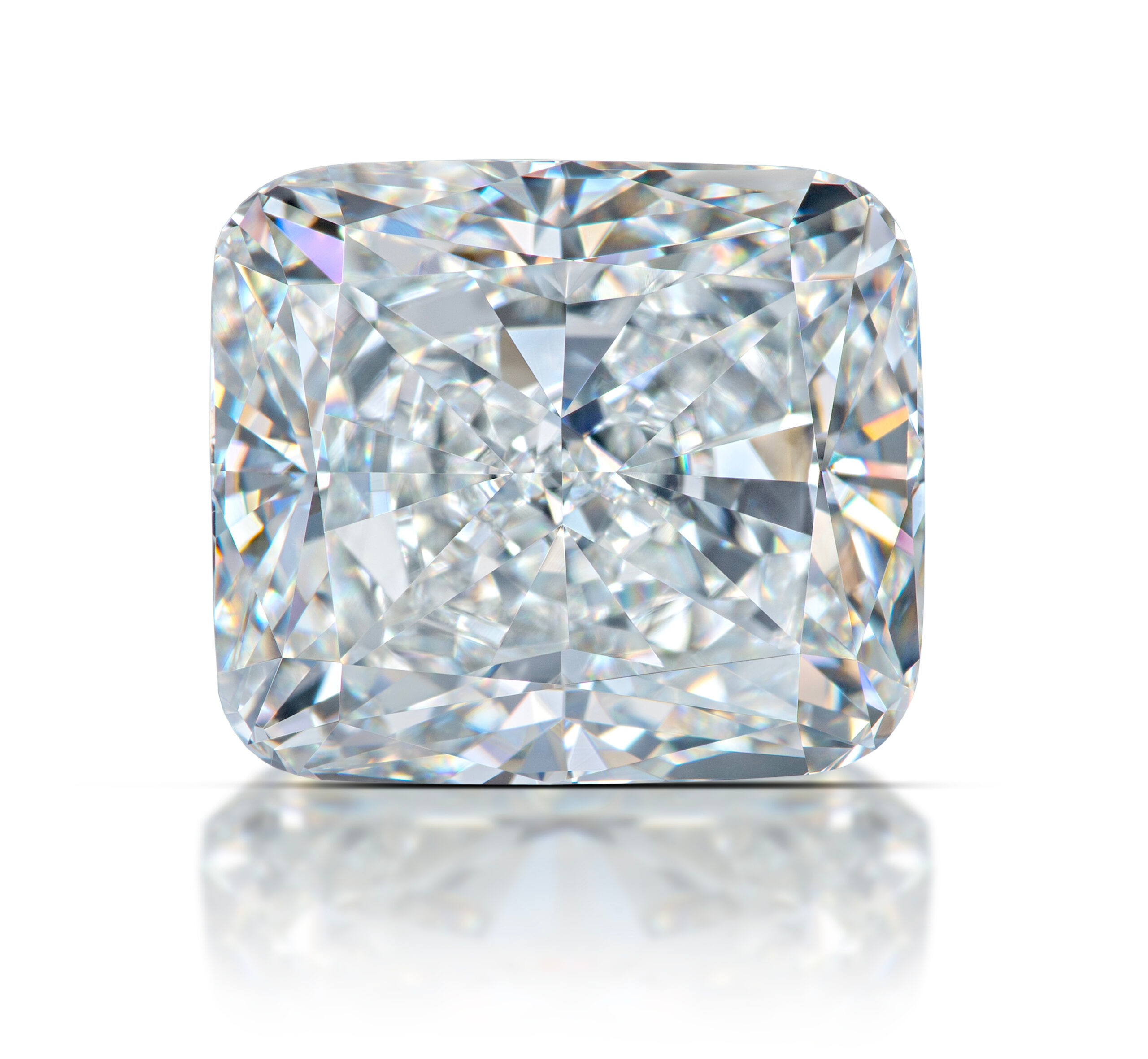By Jennifer Heebner, Editor in Chief
On Friday, Aug. 23, the U.S. Treasury’s Office of Foreign Assets Control (OFAC) unveiled two new General Licenses that permit “grandfathered” Russian-origin natural Diamonds and Diamond jewelry for import and sale in the U.S.
General License 103 outlines that “Diamond jewelry that was physically located outside of the Russian Federation prior to March 1, 2024, and not exported or reexported from the Russian Federation on or after March 1, 2024, are authorized.” This means that “antique pieces and items for repair can be imported into the U.S. without a license,” according to the Jewelers Vigilance Committee (JVC).
General License 104 states that “Non-industrial diamonds with a weight of 1.0 carat or greater that were physically located outside of the Russian Federation before, and were not exported or re-exported from the Russian Federation since March 1, 2024,” are permitted for sale. Per the JVC, this License allows “those with existing stock currently outside of the U.S. to import that stock through September 1, 2025.”
Plus, License 104 reinforces the new ban slated for enforcement as of Sept. 1, 2024. On that date, “Non-industrial diamonds with a weight of 0.5 carats or greater [that] were physically located outside of the Russian Federation before, and were not exported or re-exported from the Russian Federation since Sept. 1,” can also be sold.
“If Diamonds were owned by companies prior to March 1, 2024, and then sold, Russia does not financially benefit,” says John W. Ford, Sr., AGTA CEO.
This “grandfathering” clause was strategically implemented. Ford has worked closely with Gaetano Cavalieri of the World Jewelry Confederation (CIBJO) to have the European Union (EU) adopt a grandfathering or exemption clause on Diamonds imported into G7 countries prior to the establishment of Russian sanctions.
In June, the EU extended its “sunrise period” for traceability requirements on Russian Diamonds until March 1, 2025—not Sept. 1, 2024. The EU also added a “grandfathering” exemption exempting Diamonds that were located in the EU or a third country other than Russia, or manufactured in a third country, before the import bans went into effect.
Ford explains that Diamond merchandise owned by G7 country members prior to March 1, 2024, do not financially benefit Russia so they should be exempt or “grandfathered in” from the Russian Diamond sanctions.
“The fact the EU added a grandfathering clause after AGTA and CIBJO had been working together on this specific issue in the EU is not an accident,” says Ford. “I want to thank Gaetano Cavalieri for his leadership and efforts on behalf of AGTA and the U.S. jewelry industry in the grandfathering issue.”
Cavalieri is the president of CIBJO.
“John and I are fully aligned on this matter,” says Cavalieri. “Having strong and collaborative relationships with important trade associations like the AGTA benefits the entire jewelry industry.
The U.S. government instructed the jewelry industry to self-certify compliance, but industry groups including the JVC urge jewelers to have documentation at the ready should it be needed.
Many will recall that on January 1, 2024, deadlines went into effect from the Group of Seven, or G7 (excluding the U.S.), and the EU, which jointly banned the direct import of any nonindustrial Diamonds that were mined, processed, or produced in Russia. (The U.S. had already banned direct imports of Russian-origin Diamonds in April 2022, just two months after the war began.) Second-phase sanctions—a ban on Diamonds above 1 carat that were cut or polished outside Russia—went into effect on March 1, 2024
Now on Sept. 1, a third phase occurs, expanding the bans to prohibit the import of Russian-origin Diamonds weighing 0.50 ct. or more that were significantly transformed in other countries.
AGTA and other U.S. industry leaders also oppose an EU move that designates Antwerp as a single import channel for Diamonds of 1 carat or more. Under this rule, Diamonds destined for EU nations arrive first in Antwerp for clearance and registration to prove they did not originate in Russia or were transformed outside of it. U.S. jewelry industry leaders want multiple points of entry for its Diamonds into the U.S. versus a single EU import channel. If the U.S. adopts the EU single import channel, the U.S. jewelry industry would be harmed.
“It is not a rational approach for goods to go through a single channel because it could impose substantial expenses to U.S. jewelry businesses,” adds Ford.
Sara Yood, JVC President and CEO General Counsel, also recognizes the challenges of such a system. “Many in the G7 recognize that a single node may not serve African diamond-producing countries and are working to ensure an equitable traceability system,” she explains.
Furthermore, U.S. jewelry industry leaders would like the U.S. government to continue its self-certification process for Diamond imports into the U.S.
This is proprietary content for AGTA and may not be reproduced.



